The Modern Treaty Era

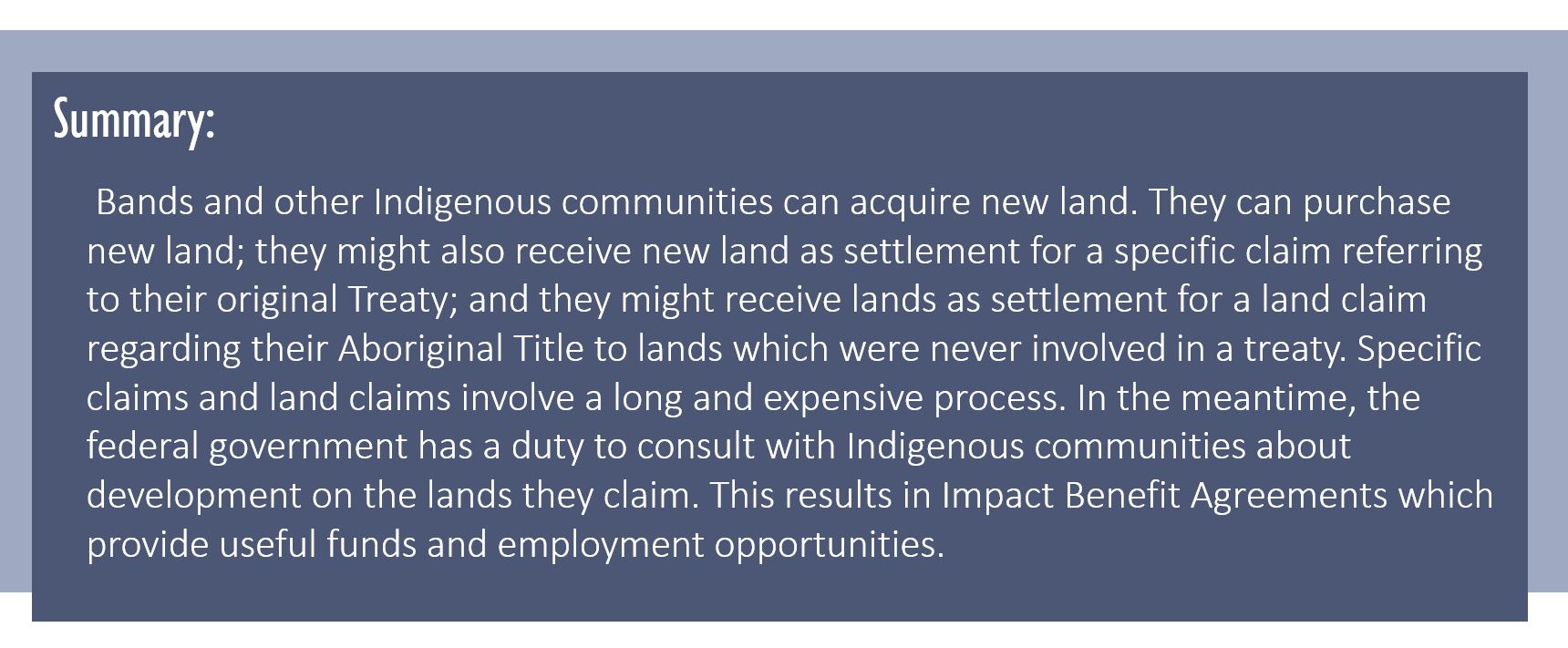
Recall that the Supreme Court’s decision in R. v. Calder (1973) verified that Aboriginal Title exists, launching an era of land claims over lands that had not been officially ceded by Treaty. The Court did not, however, specify how Aboriginal Title would be determined.
In its 1997 Delgamuukw v. BC decision, twenty-four years later after R. v. Calder, the Supreme Court specified that Aboriginal Title is a communal right of any group that occupied the land in question prior to European contact. Where that cannot be proven, the group must have been occupying these lands continuously since then. Aboriginal Title gives exclusive use and occupation rights, but the land can only be used in a way the entire community approves; it also cannot be sold except to the Crown.

Primordiality
Notice that Aboriginal Title is affirmed for Indigenous groups who occupied the land in question before European contact. Bonita Lawrence (2004, p.4) has noted that most land claims in the Americas depend on whether the Indigenous group can prove its primordiality – its existence on the land from time immemorial. The land claims, once settled, also require that primordial traditions, such as collective ownership and traditional (vs. commercial) hunting and gathering, continue to be practiced. Thus, Indigenous economies are locked into their seventeenth century forms.
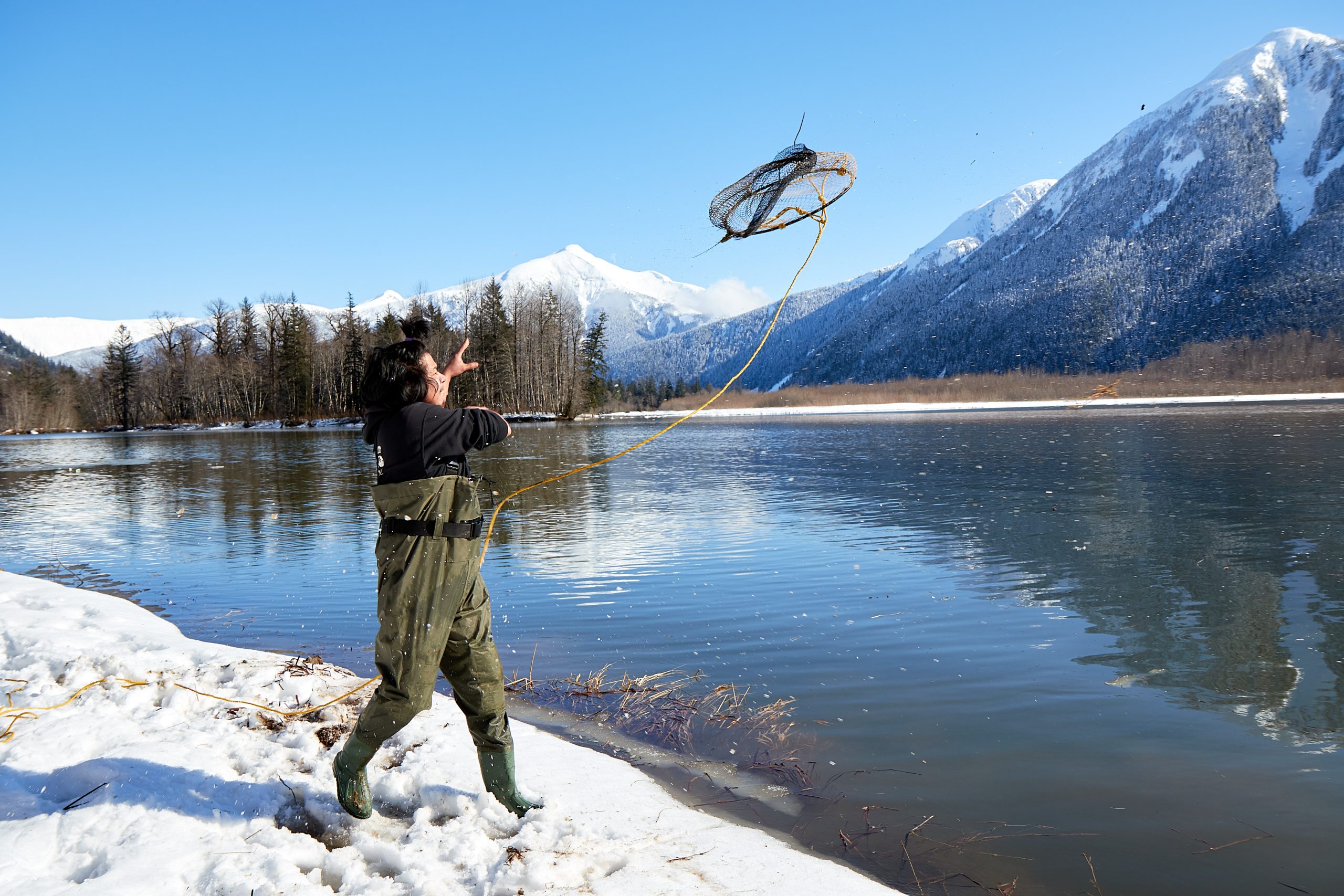
The Supreme Court ruling R. v. Van der Peet (1996) followed this pattern by defining an Aboriginal Right as a traditional, pre-contact practice. R. v. Marshall (1999) determined that First Nations who signed Peace and Friendship Treaties in Atlantic Canada have the right to earn a “moderate livelihood” from fishing, but do not have the right to large-scale commercial fishing.
This emphasis on primordiality does not recognize the right or the need of Indigenous people to migrate and adapt in response to economic pressures and opportunities, many of which pressures have been forced upon them. It also weakens or eliminates Indigenous claims to urban areas, since Indigenous occupation of these areas has been interrupted.
The High Cost of Land Claims:
Recall that not until 1974, after the R. v. Calder decision, was a federal government office opened to handle specific claims (treaty-related complaints) and land claims (regarding areas of land not covered by treaty). Until 2006 that Office operated with the government being both the Accused and the Judge. Moreover, a Senate report found the specific claims process to be “complicated, time-consuming, expensive, adversarial, and legalistic.”[1] Specific claims, of which there were 800 outstanding, took an average of 13 years to resolve. It is likely that land claims move even more slowly.
The Auditor General (2016) has found that things had actually gotten worse since the reorganization of the land claims process in 2007. New procedural barriers had been erected. Information sharing between the government and First Nations was poor, and funding to First Nations to help them prepare and negotiate their specific claims has been reduced. Most years, more new claims were being filed than were being resolved.
As of September 2023, around 1,100 specific claims and other disputes had been processed, with 670 resulting in compensation. 630 more were in various stages of negotiation. 54 were being contested before the Specific Claims Tribunal and 1 was being contested in another court (Coates (2023)).
In light of this, the 2022 National Indigenous Economic Strategy calls for government to maintain a list of federal, provincial, territorial and municipal land which is unused. This land would be ready if needed to settle land claims. Additionally, Indigenous communities would be given the right of first refusal to purchase or lease these lands as well as any other Crown lands available for sale or lease. (NIEDP et al, 2022, calls 42-45).
How should historic expropriation of land be compensated?
Stefan Dodds (2021) discusses two different ways to compensate people for land that was expropriated or degraded by newcomers.
The “Descendant-based” method focuses on the descendants’ point of view, the descendants currently alive. If the land had not been taken, descendants would still own it, plus they would (in theory) have inherited the amounts saved by their ancestors from earnings generated from the land. Therefore, compensating descendants means giving them:
- the land back, or the price of the land as it is valued today
- any payment needed to repair damaged land (this could be negative if the land has been improved)
- the present value, adjusted for inflation, of what the ancestors would have saved had the land not been expropriated or degraded
Alternatively, the “Ancestor-based” method considers the ancestors’ point of view. It imagines that the ancestors would have willingly parted with the land if they thought they were getting a good price The present value of that long-ago imaginary price, adjusted for inflation, is what should be given today as compensation.
The price that the ancestors might have agreed to would have covered the stream of income that the ancestors were giving up (some of which would be saved and some of which would be consumed), plus some money to at least partially make up for the lost consumption opportunities of their descendants.

The Ancestor-based approach implies a greater value of compensation than the Descendant-based approach. It is more difficult to estimate because it is unclear how much would have been asked by ancestors to compensate for consumption lost by their descendants. Both approaches require historic land and resource values, and historic interest rates. They also require historic savings rates, which will have to be estimated.
The Duty to Consult
Since land rights are difficult and costly to settle, even in theory, it is fortunate that a more general Duty to Consult has been established.
The case Haida Nation v. British Columbia (2004) dealt with the issue of British Columbia granting forestry licenses in the ancestral lands of the Haida. The Haida were worried that the old growth forests would be “irretrievably despoiled” before their Aboriginal Title claim was ever resolved. Canada’s Supreme Court ruled that
The Crown, acting honourably, cannot cavalierly run roughshod over Aboriginal interests where claims affecting these interests are being seriously pursued in the process of treaty negotiation and proof. It must respect these potential, but yet unproven, interests. [27]
…the duty to consult and accommodate … flows from the Crown’s assumption of sovereignty over lands and resources formerly held by the Aboriginal group.
This theory provides no support for an obligation on third parties to consult or accommodate…the ultimate legal responsibility for consultation and accommodation rests with the Crown. [53]
“The Crown” refers here to whatever level of government is in charge of land use; when it comes to natural resources, this is typically the provincial government.
The Supreme Court’s ruling in Haida Nation v. BC means that it is the provincial government’s responsibility to ensure that Indigenous peoples are properly consulted about use of the lands which they are claiming as ancestral territory, and properly accommodated.
The first Aboriginal Title acknowledged by the Supreme Court
In 2014, forty-one years after R. v. Calder, and seventeen after Delgamuukw v. BC, the Supreme Court of Canada confirmed a specific group’s Aboriginal Title for the first time. Tsilhqot’in Nation, like Haida Nation, had taken British Columbia to court over forestry licenses granted to non-Tsilhqot’in companies. The Court ruled that the Tsilhqot’in, who like most mainland British Columbia First Nations never made a treaty with any government, have the right to actively manage the lands of which they traditionally made “regular and exclusive use”. Tsilhqot’in Nation now has Aboriginal Title to 1900 square kilometres, roughly five percent of the territory it claims.
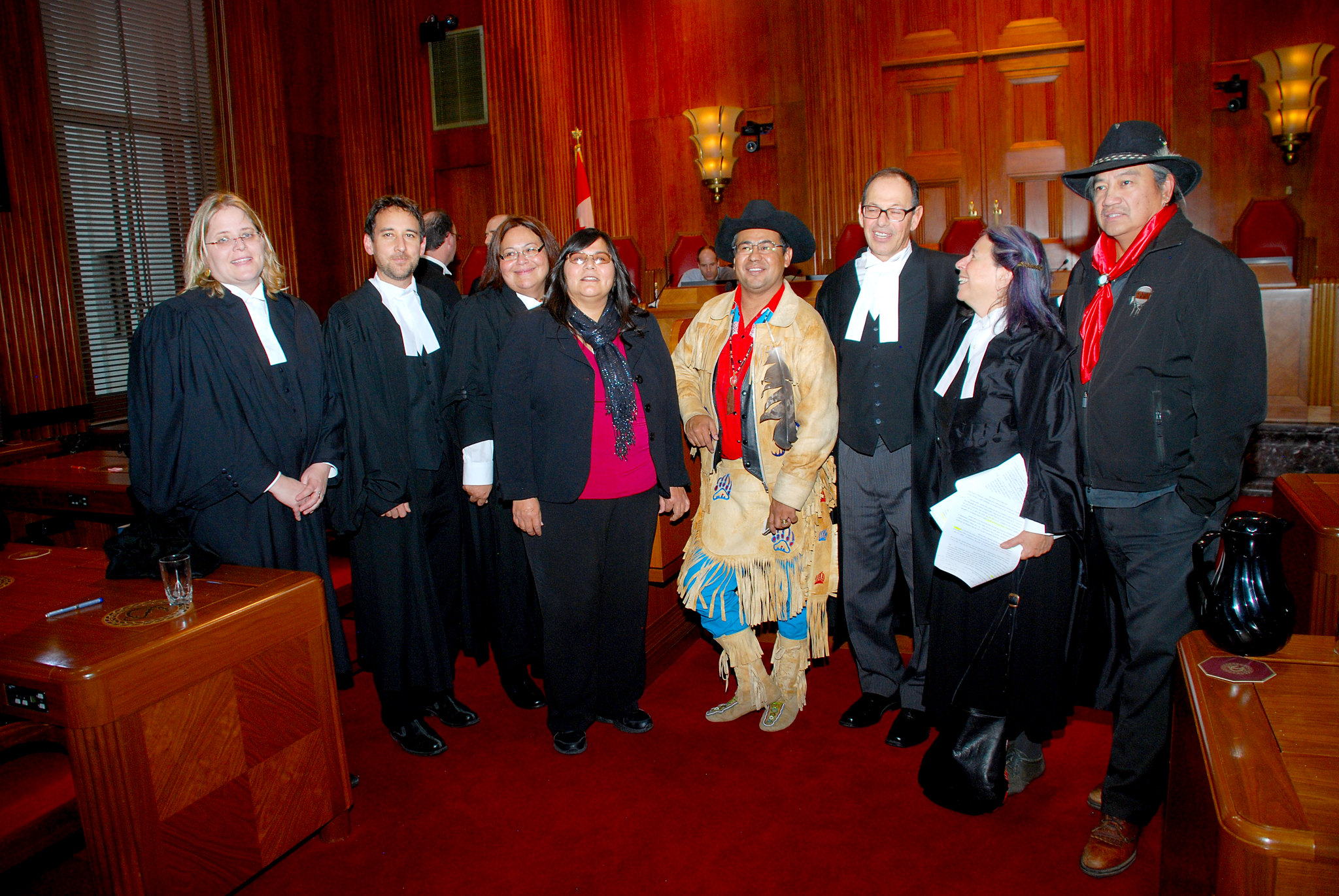
Bill Gallagher and Toby Heaps, each writing in Corporate Knights (Spring 2019), explain that more and more land is coming under Indigenous control due to successful court challenges. Companies wishing to extract resources on traditionally indigenous lands are having to negotiate Impact Benefit Agreements with local communities.
Toby Heaps writes,
“The new rule of business in Canada’s resource economy is: No Indigenous buy-in, no dice. Buy-in doesn’t come cheap. It means a radical departure from business as usual practices. That means more than just a few token jobs. The table stakes are meaningful equity ownership, control through executive and governance bodies, employment, involvement in environmental planning and, critically, sourcing. Canadian businesses and governments need to be much better partners and customers of Indigenous businesses.”
Sourcing means buying goods and services from the Indigenous community where possible.
Equity ownership means giving First Nations a share of the company. This was almost unheard of before the 2020s.
The Duty to Consult is part of the United Nations Declaration on the Rights of Indigenous Peoples (UNDRIP), which Canada signed in 2016. Article 32 section 2 reads:
“States shall consult and cooperate in good faith with the Indigenous peoples concerned through their own representative institutions in order to obtain their free and informed consent prior to the approval of any project affecting their lands or territories and other resources, particularly in connection with the development, utilization or exploitation of mineral, water or other resources.”
This appears to give Indigenous peoples veto power over development of their lands. What exactly are their lands? Article 26 section 1 reads:
“Indigenous peoples have the right to the lands, territories and resources which they have traditionally owned, occupied or otherwise used or acquired.”
This seems more expansive than the Supreme Court of Canada’s definition of Aboriginal Title land. Pre-contact occupancy does not seem to be essential, nor is uninterrupted occupancy since contact required.
The UNDRIP, passed by the United Nations in 2007, encouraged many First Nations to reinvigorate their land claim efforts. The legal process would be slow and costly, however.
Benefits resulting from Land Claims Agreements
A 2015 study by Fernando Aragón showed that comprehensive land agreements enacted by 2005 in British Columbia, Yukon, and the North West Territories led to an increase in mining agreements, likely because of the clarification as to who had rights over what. In turn, private sector wages increased; income, particularly labour income, rose in all occupations except public sector jobs. House prices increased.
K. Pendakur and R. Pendakur (2017) updated this inquiry to 2010 and extended it to all of Canada. They too found a positive effect on income, mostly labour income, from comprehensive land claims agreements, whether or not a self-government agreement is included. They also found a small increase in income for communities participating in both the First Nations Financial Management Act and the First Nations Land Management Act. Aboriginal household income rose about 7% in communities with the aforementioned agreements, and income inequality appeared to be falling. However, income rose twice as much in the non-Aboriginal households included in the same Census subdivisions.
Pendakur and Pendakur also found that self-government agreements without comprehensive land claims agreements were not effective at raising income.
Expanding Reserves without using the Land Claims process
In 1972, the federal government created a process for adding lands to reserve. This process is now known as Additions to Reserve (ATR). Through ATR, First Nations can apply for new land attached to or detached from their existing reserve(s). Many of the requests are classified as Treaty Land Entitlements, because they are alleged to arise from treaty agreements that were not properly fulfilled.
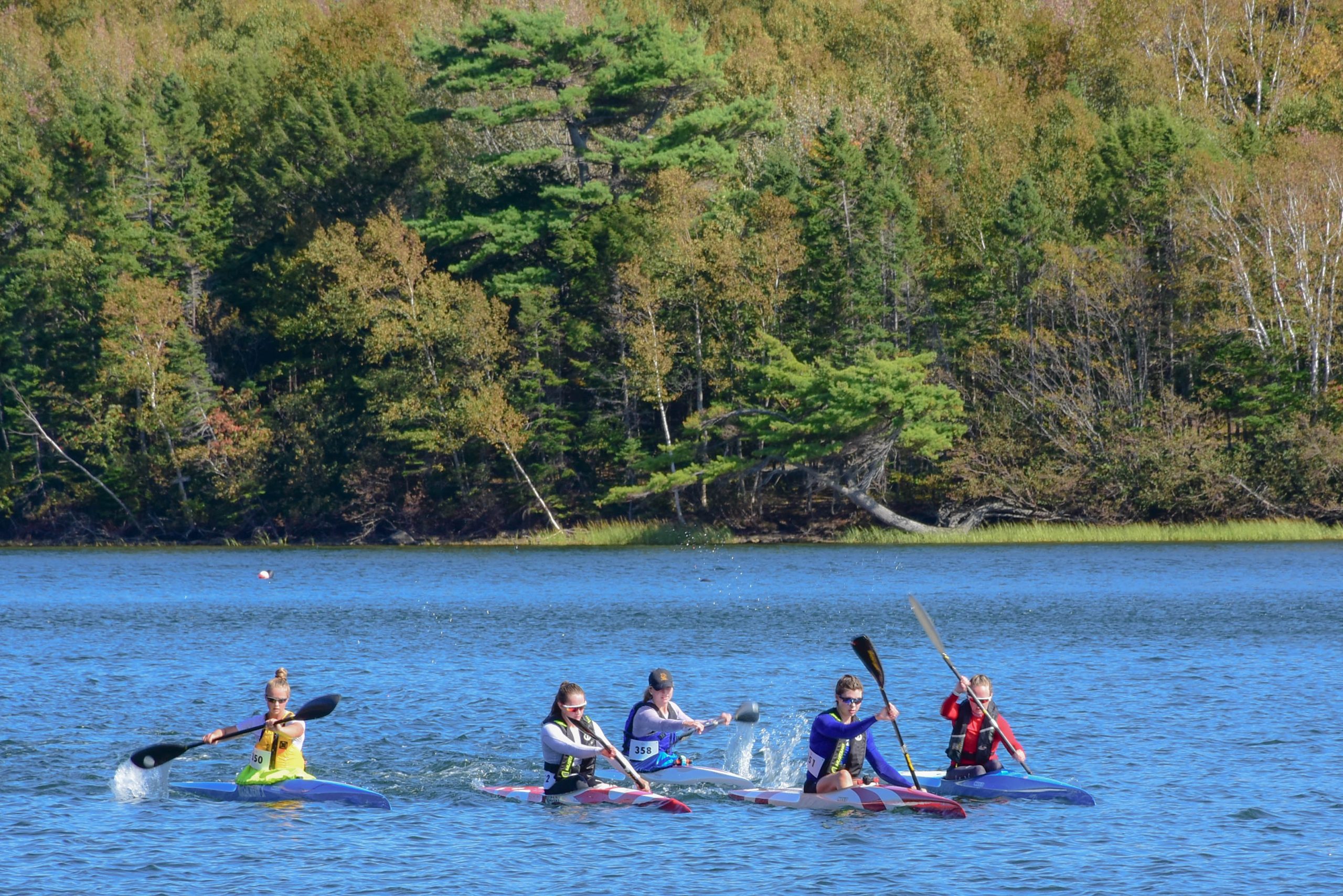
According to the National Indigenous Economic Development Board (2019, p. 84), there are 1,300 ATR applications outstanding, eighty percent of which relate to satisfying the requirements of existing treaties.
Some of the new reserves will be located in urban settings. The first urban reserves were created in Saskatchewan in the early 1980s. The Saskatchewan Treaty Land Entitlement Framework Agreement (1992) greatly accelerated this trend by formalizing procedures for compensating First Nations who were never given all the reserve acres promised in Treaty. It also gives First Nations land in respect of population growth.
When urban reserves are acquired, they are purchased by Bands, not expropriated by government. As Flanagan (2019) explains, not only do the current owners of the land have to agree to the sale, but municipalities have to agree to zoning, infrastructure, property taxes (if any), and fees (if any) for services provided by the municipality.

Today, there are 100 urban reserves including 54 in Saskatchewan. Some First Nations own more than one urban reserve. Most urban reserves are intended to be commercial centres, and include ventures such as gas stations, convenience stores, office space, shopping centres, golf courses and casinos.
Comparing First Nations with and without urban reserves, Flanagan and Harding (2016) conclude that only those First Nations making active commercial use of their urban reserves have seen a noticeable improvement in Community Well-Being Index scores. These Bands were better off to begin with – better prepared to do the work needed to get an urban reserve and to build businesses upon it.
There are two urban reserves in Winnipeg belonging to the Peguis whose history we briefly described in Chapter 10. The second reserve is receiving a tax break: for the first five years, Peguis will pay 20% less municipal tax than other Winnipeggers. The province will make up the difference to Winnipeg. Meanwhile Peguis is taking up an unattractive site which it has refurbished and rented out.
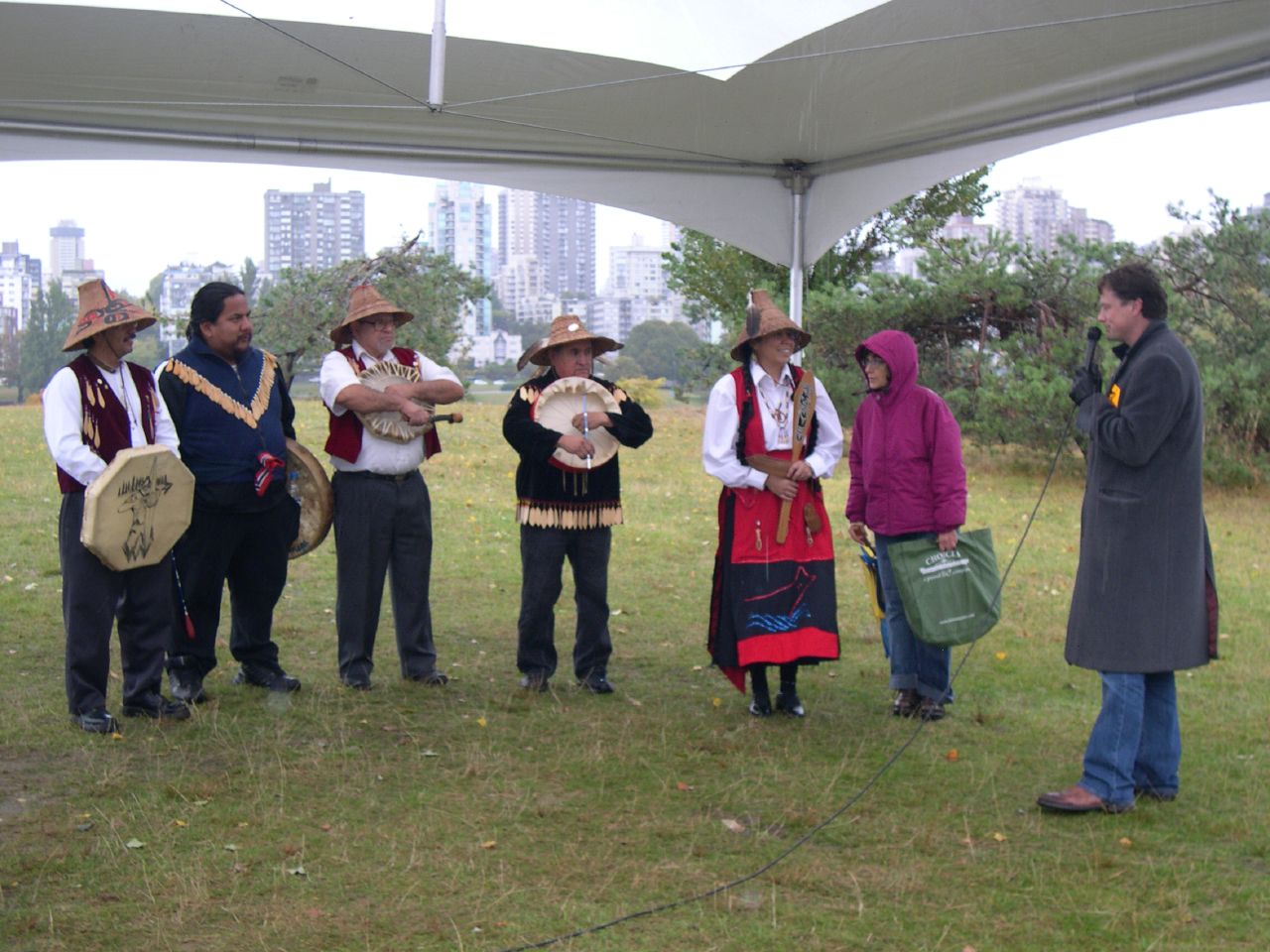
A First Nation which wishes to add purchased land to its reserve may find itself waiting eleven years or more for the paperwork to be completed, as was the case for Hiawatha First Nation in the 2000s. Hiawatha Nation has purchased other lands which cannot be added to its reserve yet, because doing so would landlock non-Indigenous land owners.
In Chapter 28 we will discuss ways to promote business on land owned by Indigenous communities, particularly urban land. But first we’ll take a look at how Indigenous communities can use wilderness lands.
- Auditor General (2016). ↵
Aboriginal title is the land ownership rights of Indigenous people due to the fact that they were there first and that they did not sign any treaties giving up their land. For details, see chapter 25.
The present value of an amount received long ago is much higher than its nominal dollar value years ago because the money would have grown at a compound rate of interest. It would amount to a lot more in the present after having earned interest all that time.
The Supreme Court of Canada, in its ruling Haida Nation v. British Columbia (1984), found that Canada has a fiduciary duty to ensure that Indigenous preferences and priorities are taken into consideration when projects are proposed for lands claimed by Indigenous people.
Impact Benefit Agreement are confidential agreements between Indigenous groups and businesses that specify the compensation and consideration Indigenous groups receive in exchange for permitting projects on lands they claim as their traditional territories. If the Indigenous group's Aboriginal Title to the territory has not yet been decided by the Court, then IBAs arise out of the Duty to Consult.

